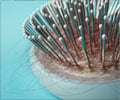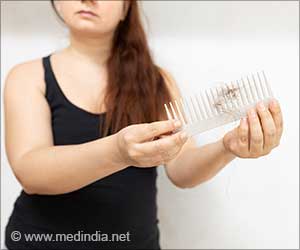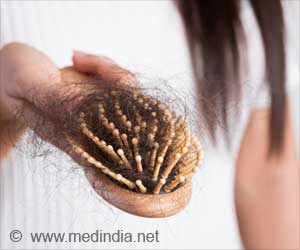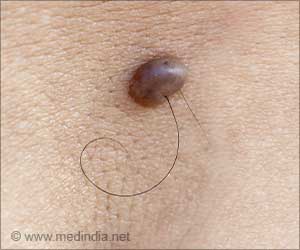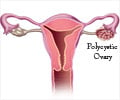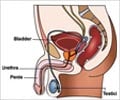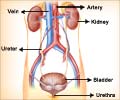What is Hair Loss?
Hair loss, also known as alopecia or baldness, is a serious and often embarrassing condition that affects both men and women alike. The anxiety that ensues from witnessing a receding hairline often results in a scurry for solutions that range from homemade remedies to high-end elixirs (1✔ ✔Trusted Source
Androgenetic alopecia
Go to source).
The common symptoms includes gradual thinning on top of the head, circular or patchy bald spots, sudden loosening of hair, full-body hair loss, and patches of scaling that spread over the scalp (2✔ ✔Trusted Source
Overview
Go to source).
Hair Loss Facts
There are a few facts that need to be understood to identify the pattern of hair loss and the probable causes of this condition.
Hair Loss Statistics
- Hair consists of two parts: the follicle within the skin and the shaft (which we see outside the scalp). The hair shaft that is visible is dead and made up of keratin. On average, a person has approximately 100,000 strands of hair on the head that grow by 0.3-0.4 mm/day and up to 6 inches in a year (3✔ ✔Trusted Source
Anatomy, Hair
Go to source). - The hair growth consists of 3 stages: Anagen is the first phase and an active phase with the growth of new hair; in this phase, the hair grows by 1cm every 28 days. Catagen is the second phase of growth, and 3% of the hair is in this phase at all times. Telogen is the resting phase; during this phase, 25-100 telogen hairs are shed daily, which is normal (4✔ ✔Trusted Source
Physiology, Hair
Go to source). - At any time on a healthy human scalp, 80 to 90% of the hair is in the active phase of growth. Scalp hair remains in the anagen phase for 2 to 6 years, while hair on other parts of the body has a shorter anagen phase of 30 to 45 days, hence the shorter size (3✔ ✔Trusted Source
Anatomy, Hair
Go to source). - Alopecia refers plainly to hair loss. It is not a specific clinical diagnosis. The most common type of hair loss that is seen is androgenetic alopecia. In the early stages of androgenetic alopecia, up to 40% of the hair follicles may remain in the resting phase (telogen) (5✔ ✔Trusted Source
Androgenetic Alopecia
Go to source). - Patchy baldness on the scalp can occur as a result of autoimmune conditions in men and women of any age group (especially teenage and younger adults). The immune system attacks the hair follicle, assuming it to be a foreign body, thus resulting in hair loss. This condition is called alopecia areata and is seen in only 2 out of 100 people. If seen in children, it may persist in adulthood (6✔ ✔Trusted Source
Alopecia areata
Go to source). - Non-surgical hair replacement is a solution for people with severe hair loss. This consists of a hair piece that has a base made of mesh or polythene into which the hair is tied or injected. However, a lack of quality and proper selection can result in a lack of compliance with this hair prosthesis. In America, 70% of customers were unhappy with the product (7✔ ✔Trusted Source
Explaining hair Replacement (Non- Surgical)
Go to source).
Phases of Hair Follicle
- A unique feature of hair is that it goes through a growth and rest phase. A follicle that disintegrates completely in the terminal phase is replaced by a new follicle in the growth phase (4✔ ✔Trusted Source
Physiology, Hair
Go to source). - Unlike in other mammals, human hair does not follow a cycle of shedding; however, there is a random pattern of hair shedding that sets different stages of hair growth.
- The hair density is the total number of hair follicles per square centimeter of the scalp. As we grow older, the density of hair decreases; this is because of the expansion of the scalp as we grow (8✔ ✔Trusted Source
Hair Evaluation Methods: Merits and Demerits
Go to source).
Types of Hair Loss
- Apart from androgenic alopecia, telogen effluvium is the second most common type of hair loss. It is caused by a change in the number of hair follicles. This is a temporary condition where more follicles are in the resting phase than required, and this can occur due to stressful conditions (like accidents), change in hormones, dietary factors, intake of certain medications (like antidepressants), and chronic diseases (9✔ ✔Trusted Source
Telogen Effluvium
Go to source).
Causes of Hair Loss
- Ringworm infection is a fungal infection of the scalp that can cause scaling and temporary hair loss. It is infectious and spreads by direct contact with an infected person. Some infections may resolve spontaneously, but in some cases, antifungal medication like griseofulvin is required (10✔ ✔Trusted Source
Tinea Capitis
Go to source). - Seborrheic dermatitis is an inflammatory condition of the skin that can result in temporary loss of hair when the scalp is affected. This condition is linked to stress, chronic fatigue, head injuries, and diseases like Parkinson’s. It presents with an oily, itchy, and painful scalp and also produces an environment conducive to infection (11✔ ✔Trusted Source
Seborrheic dermatitis: Overview
Go to source). - If hair loss is found around the beard area, then it is called alopecia barbae. Hair loss that covers the entire scalp is called alopecia totalis. If it involves the whole body, including the eyebrows, beard, eye lashes, and pubic hair, it is called alopecia universalis.
- The binding of dihydrotestosterone, or DHT (formed by the conversion of testosterone, a male hormone), to receptors in hair follicles is linked with hair loss. DHT causes the follicles to shrink, making it difficult for healthy hair to survive (12✔ ✔Trusted Source
DHT (Dihydrotestosterone)
Go to source).
Advertisement
Treatment for Hair Treatment
- Surgical hair treatment requires harvesting hair from the scalp of the patient, usually the sides and back of the scalp, where it is less affected by dihydrotestosterone (DHT), and then transplanting it into areas of baldness. Hair cannot be harvested from another person and used for transplant as the recipient body will reject it (13✔ ✔Trusted Source
Hair restoration surgery: challenges and solutions
Go to source).





